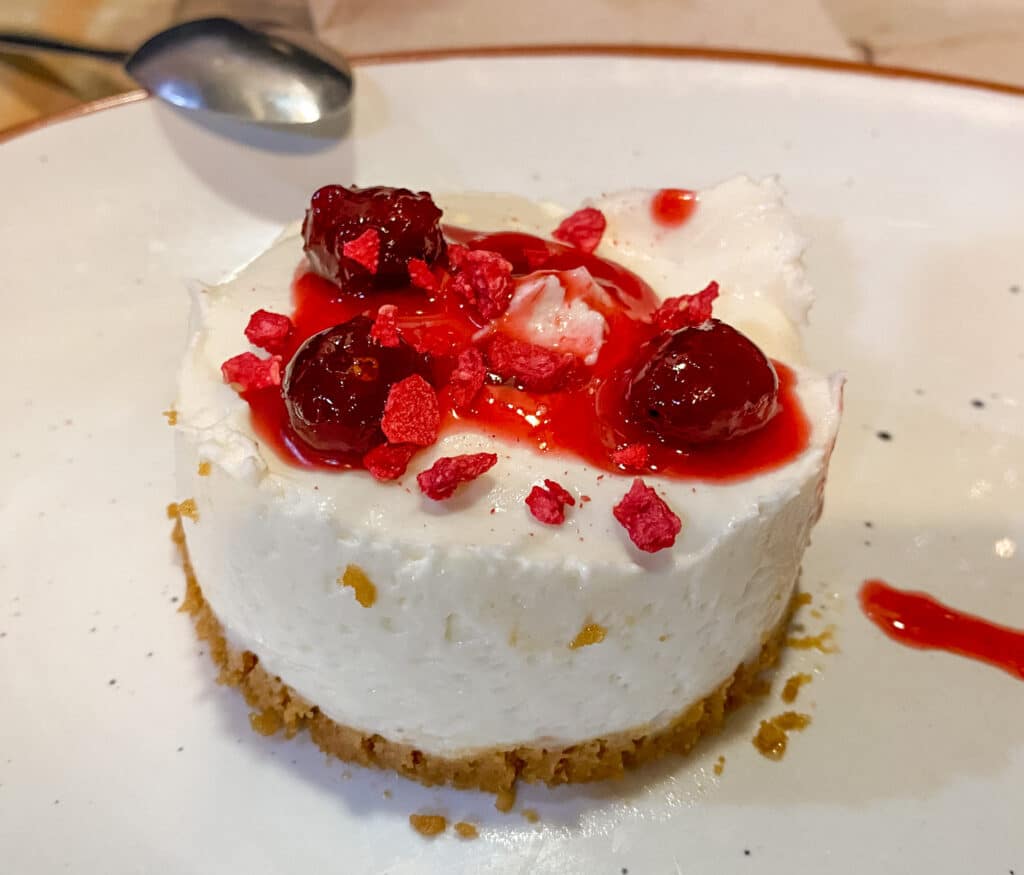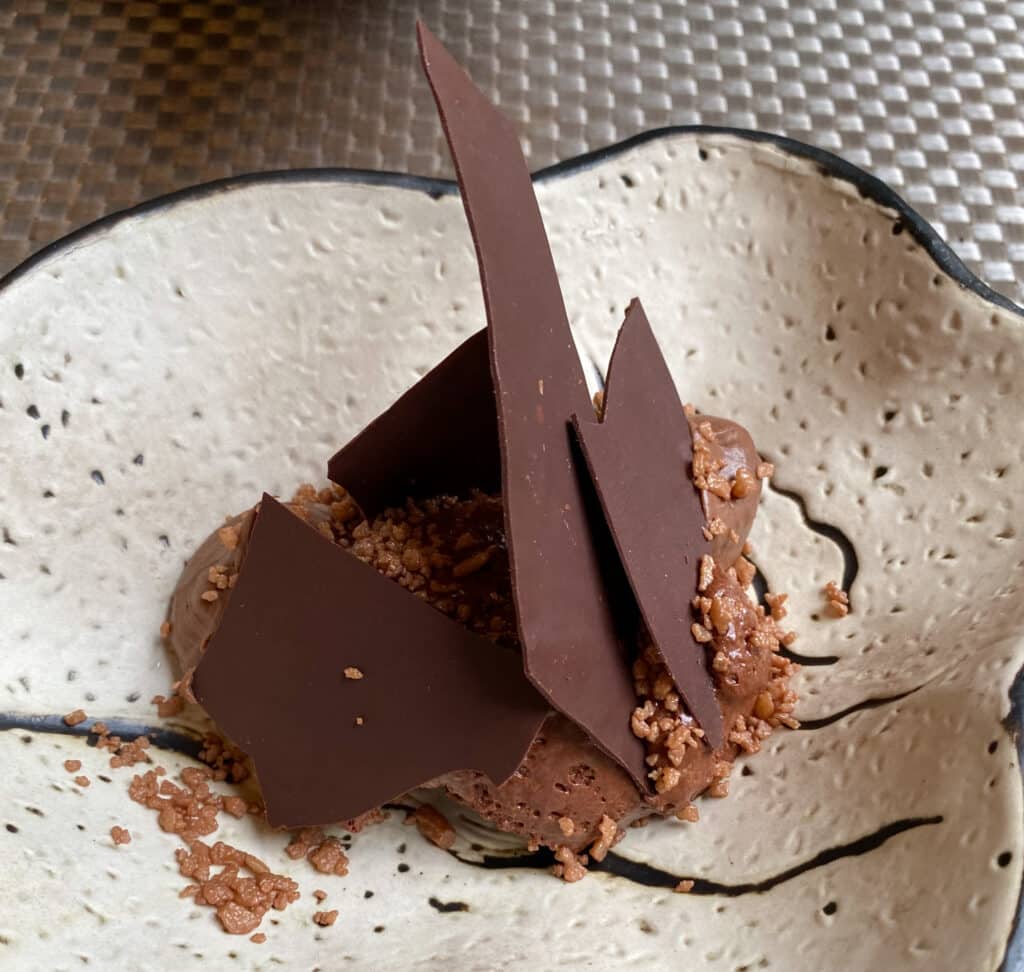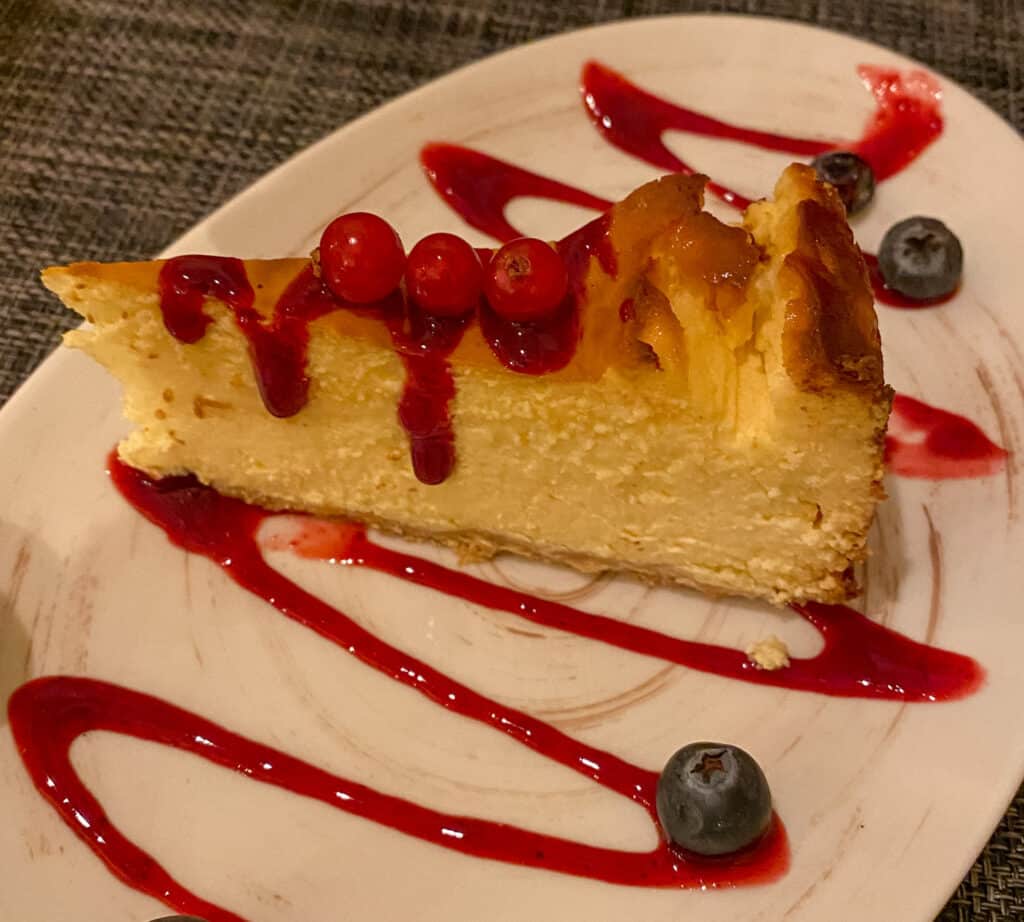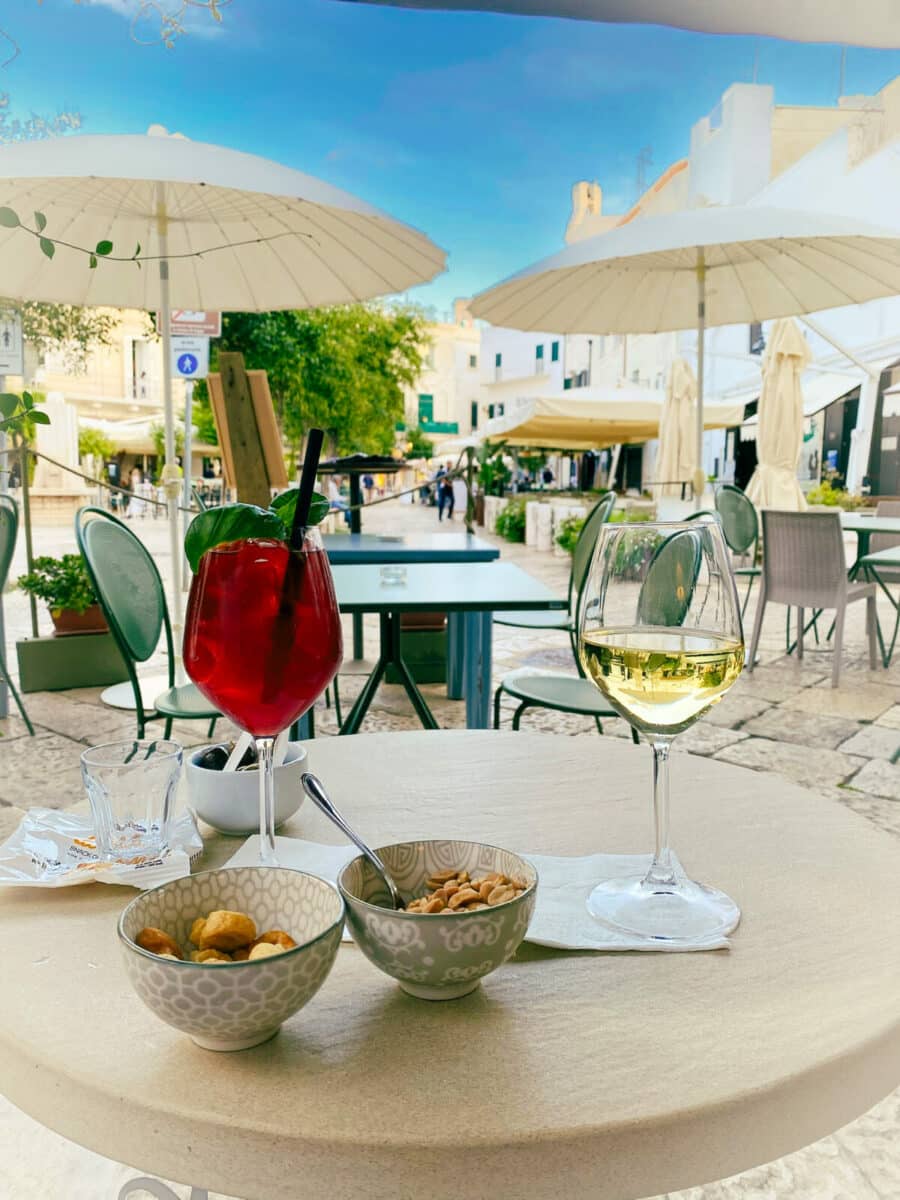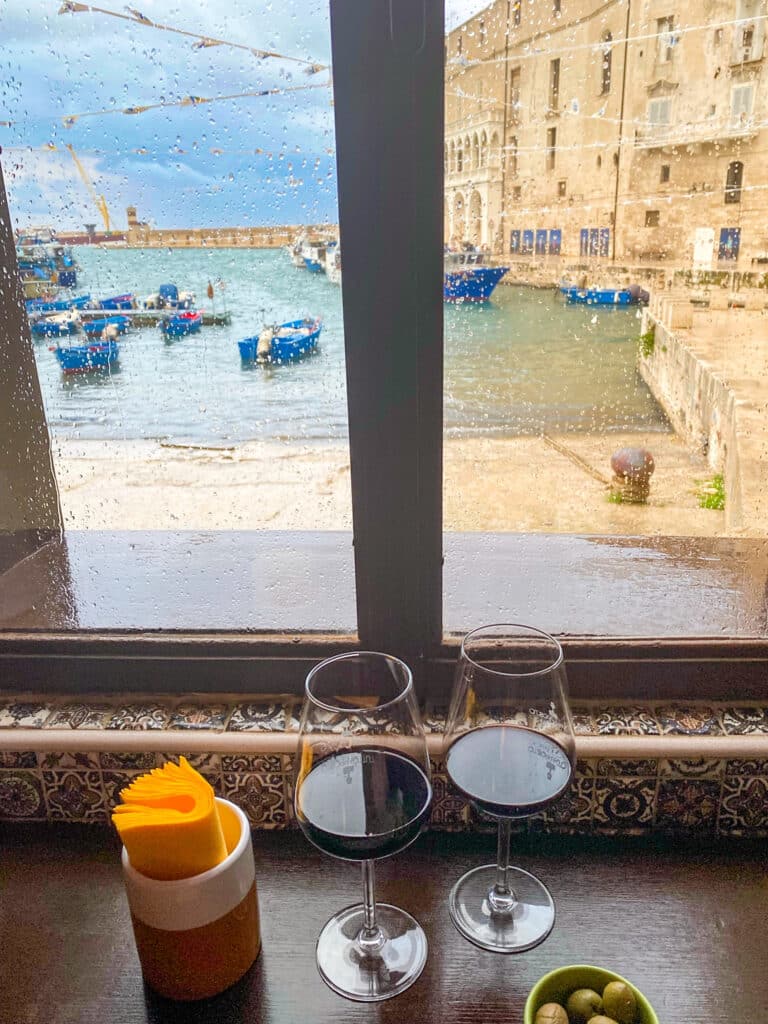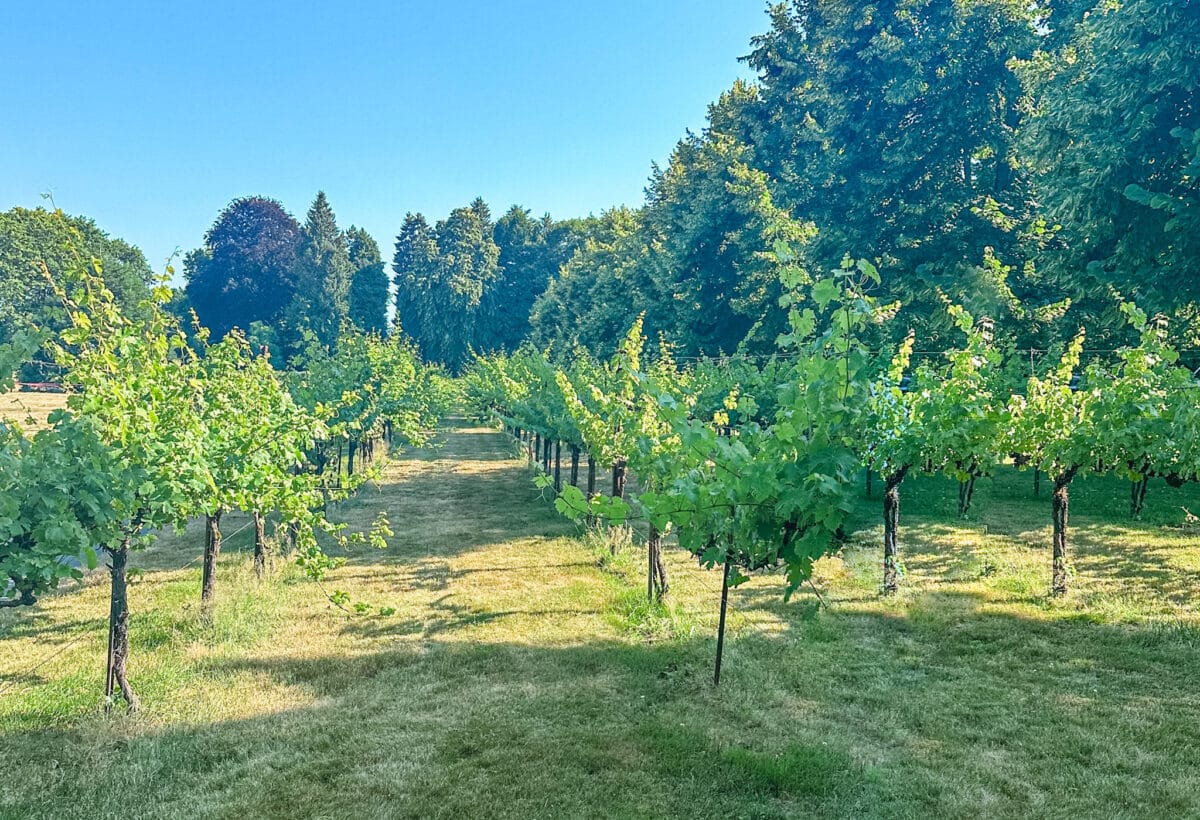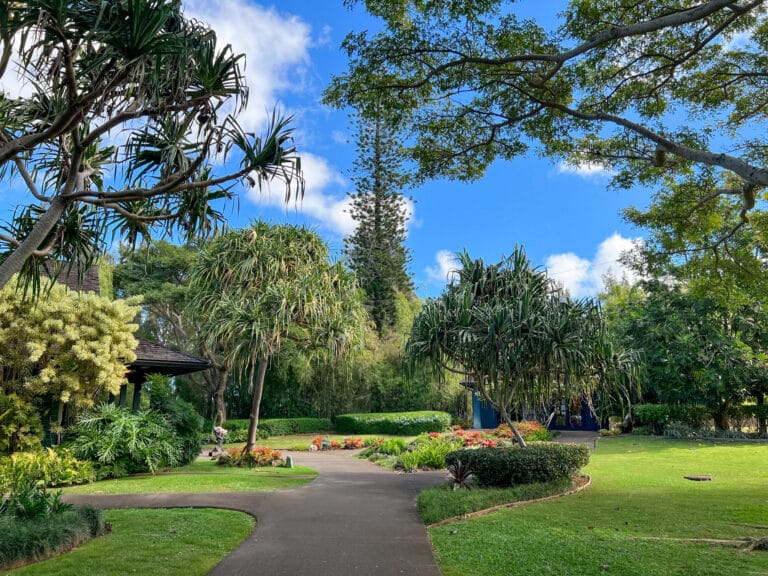Mealtimes in Spain
By guest blogger and photographer Ivan Gallegos
I thought there wouldn’t be many differences between Spanish and Latin American culture, but I was certainly surprised by many things in Spain, with mealtimes in Spain being one of them.
Although I’ve traveled all over Latin America, the one side of my family I’ve ignored is my dad’s side of the family. They’re Spanish, and Dad was just a toddler when they came over to Mexico during the Spanish Civil War. Some family stayed behind, but before I could get any information about any family in Spain, my dad passed away, and most of his family were already gone. When the chance to go visit Spain with my brother came up, I took it. I hope one day I can reconnect with family there, but for now travel and food is how I reconnect with my heritage.
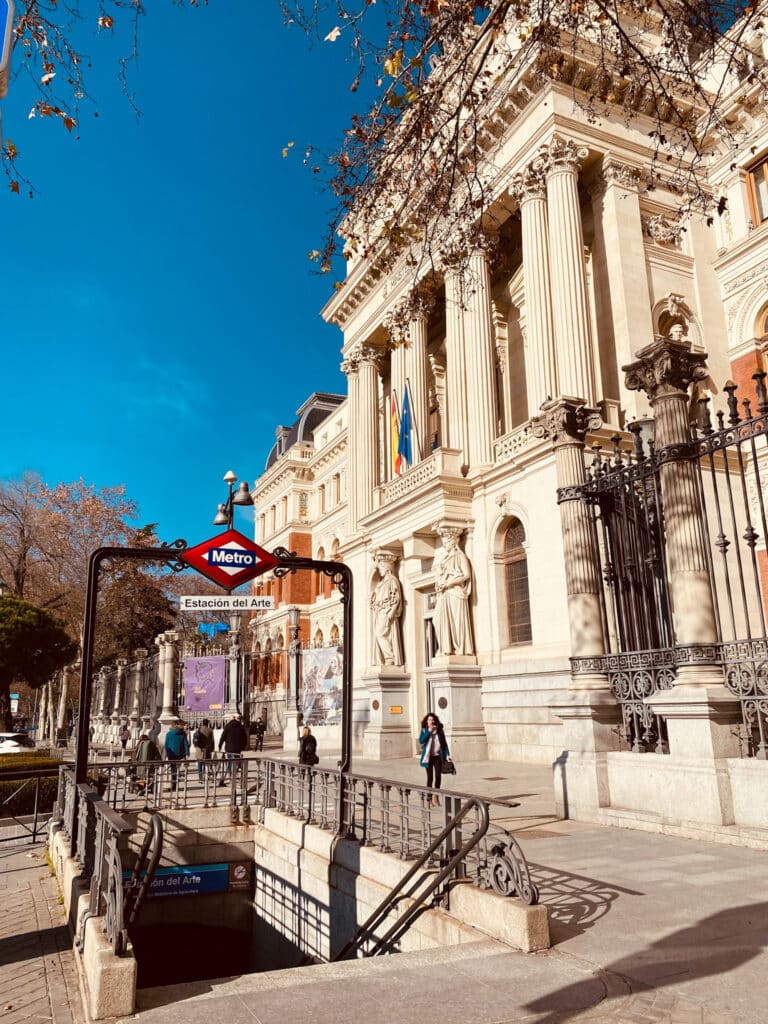
For as long as I can remember growing up in a Latin American home, there were two things that were important for us, food and travel. Mealtimes have always been the way to share time together as a family. Having a diverse family, it’s also been a way to share foods from all over Mexico and Central America. We also traveled to all the places my family grew up in, eating the foods they ate. Since I was 6 years old, we would take long road trips from my home in Chicago all the way through Mexico, Guatemala, and El Salvador, eating our way through many wonderful restaurants. These family trips would instill a love of travel and food that I hold to this day.
I still travel today, and the food I eat is just as important as the places I visit. Food and mealtimes are a way to connect with the local people and culture.
Navigating Meals and Mealtimes In Spain
Navigating mealtimes in Spain is not something you would consider, especially if you’re coming from North America, where you can always find something to eat at almost any hour of the day. If you’re planning your first trip to Spain, you’ve probably booked your accommodations, researched all the sites, landmarks, and museums you want to visit. Have you given any consideration to what you’re going to eat, or even when you’re going to eat when you’re traveling in Spain? If you haven’t, I’m here to explain how mealtimes in Spain work and how knowing when to eat can make a huge difference in planning your day and making your trip more enjoyable.
Desayuno | Breakfast – 7 AM till 9 AM
Breakfast in Spain is probably the lightest meal Spaniards have during the day. You won’t find restaurants serving big plates of eggs and bacon, omelets, or pancakes. In fact, you won’t find many restaurants open at all. What you will find are small cafes serving cafe con leche (coffee with milk), and pastries, toasted bread with a tomato sauce, or even small sandwiches. The real highlight of breakfast in Spain is churros with hot chocolate. The hot chocolate is thick and rich like pudding and perfect for dipping your churros. A great way to start your day.
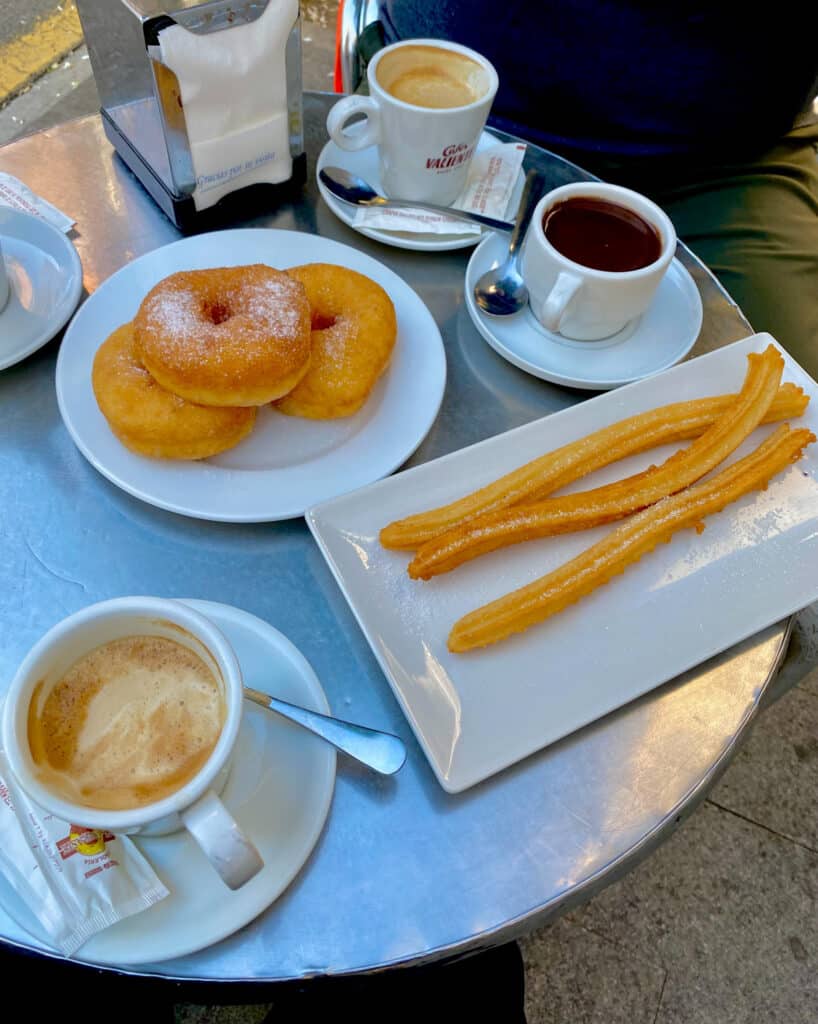
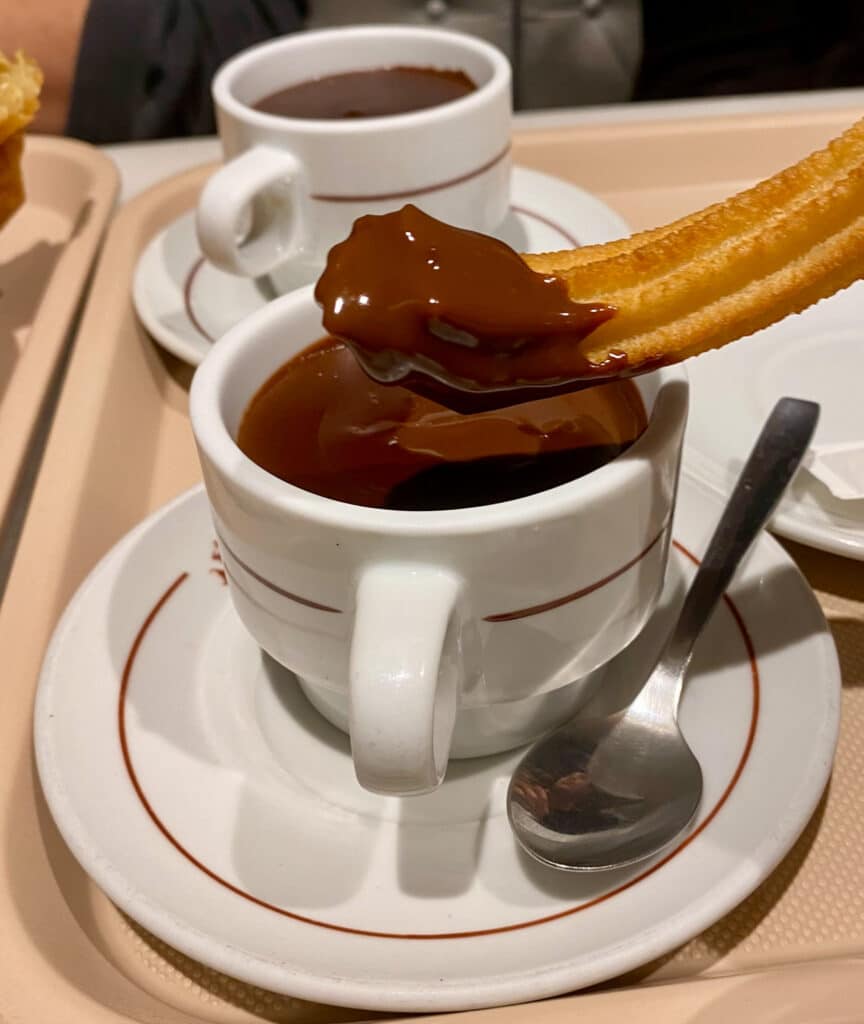
2nd Breakfast or Mid Morning Snack | Almuerzo – 10:30 AM till 12:00 PM
You’ll notice that around 10:30 AM some bars, cafes, and even some restaurants start to open up for the mid-morning snack or almuerzo, which goes from 10:30 AM till noon. This is when school kids or people who started their day really early stop to take a break and get a snack to hold them over till lunch. Some people just have a coffee in the morning and wait till the almuerzo to eat something more substantial.
This is a good time to have a brief discussion about tapas. During this mealtime in Spain, you’ll find that many bars have tapas and drinks available. Some places in Spain don’t offer a free tapa when you order a drink, but many do. It’s difficult to define what tapas are. Tapas can be a small tapa of olives, cheese, or chips to snack on. Or it might be small plates like slices of tortilla, which is a Spanish omelet made with potatoes and eggs. It can be simple like tomato salad or grilled mushrooms, slices of jamon iberico (Iberian ham), or patatas brava, which are fried potatoes with semi-spicy paprika sauce. In some places tapas are hearty stews.
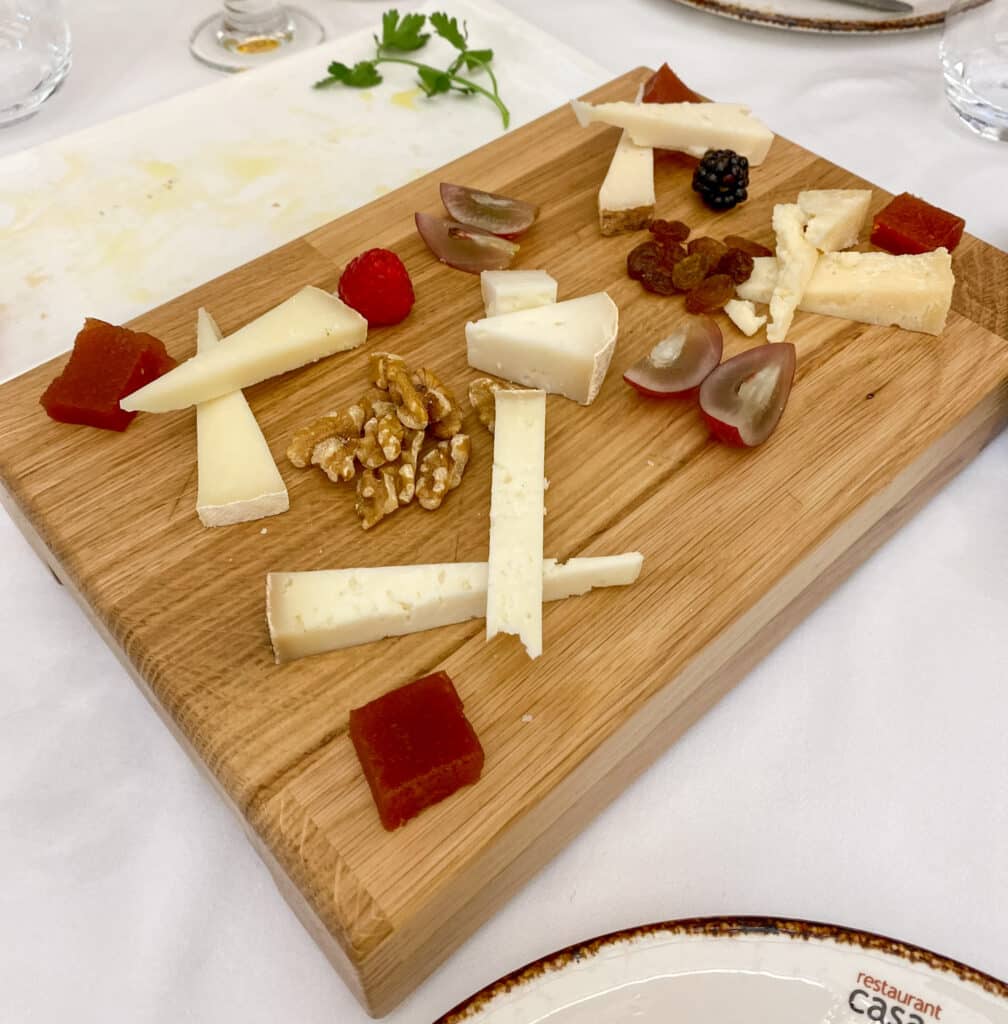
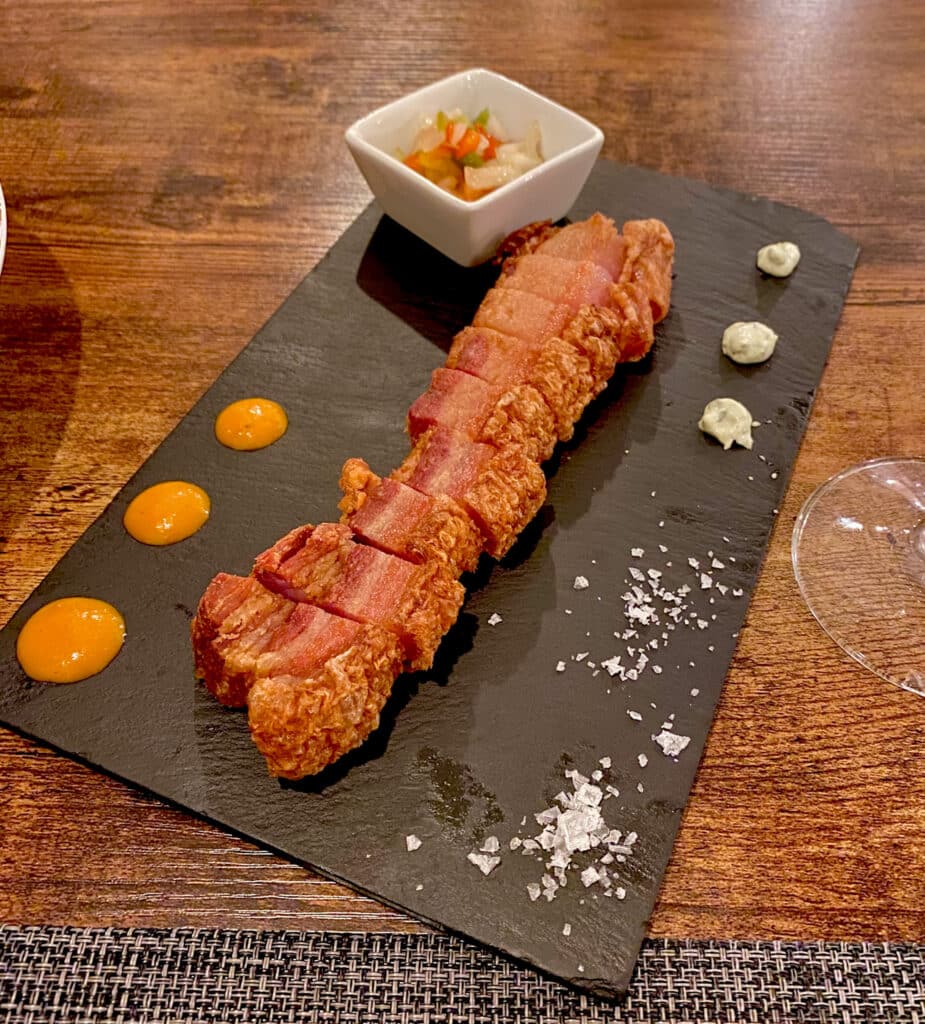
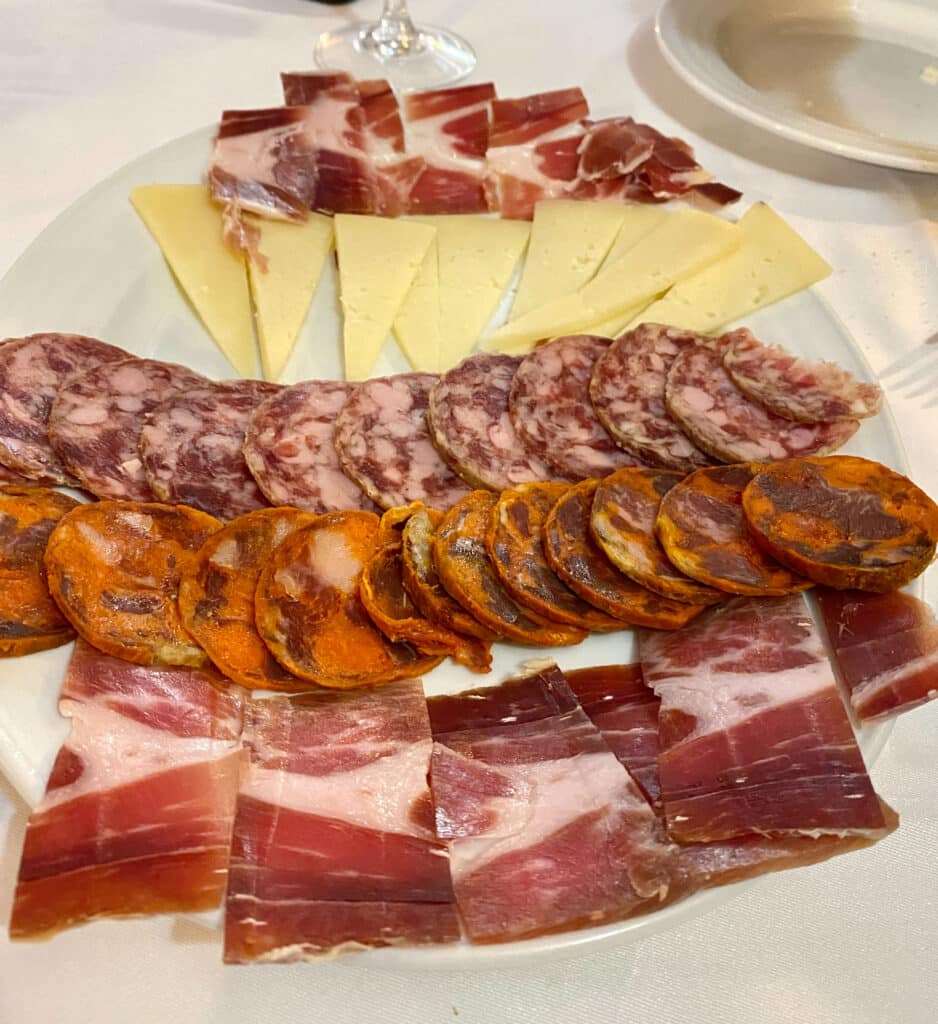
Don’t be surprised if you spot someone having a wine or beer this early in the day. People like to pair their tapas with a glass of local wine or beer. You’ll find that different regions in Spain have their own local dishes, and in every city and town there are bars that specialize in making certain tapas. Tapas are meant to be shared, and I think this is wonderful because you get to try a little bit of many different things. There are so many delicious things to eat in Spain.
Want to know more about tapas? Here’s a quick starter, and I also recommend this video on tapas as well. Want to know how to order food like a local? Check this video.
The Aperitif and Lunch | El Aperitivo y La Comida – 1:30 PM till 3:30 PM
La comida, or lunch, is the biggest meal and the longest mealtime in Spain. Restaurants start to open their doors around 1:30 PM. Before then you’ll find that many places are still closed or bars that have dining areas won’t be available for seating.
Throughout Spain you’ll find many kinds of restaurants that specialize in cooking many local traditional dishes. You’ll also find high-end culinary cuisines that offer modern twists on traditional dishes. Many of these places are popular with tourists and locals alike, so I recommend calling ahead or checking online to see if reservations are required.
Even before you sit down for lunch, many Spaniards partake in the aperitif and have a glass of wine or beer, but this is also the perfect time to have a glass of vermut, as the Spanish call it.
Vermouth is a white wine that has been fortified and aromatised with botanicals and herbs and sweetened with caramel. It’s usually found on tap and served over ice, garnished with an orange peel and olive. Lots of different varieties are available, and many different regions make their own vermouth. I highly recommend you try it. Sherry is another fortified wine that’s made in Spain. Traditionally it’s dry, and you have it with your meal, but there are sweetened versions as well.
You can also try cava, a sparkling wine made near Barcelona. If you’re a wine enthusiast, then Spain is the place for you. There are many local wineries throughout the country and in Spain, you select wine not by the grape, but by the region it comes from. If you’re sitting down for lunch with two or more people who drink, order a whole bottle. Bottles of wine at restaurants can go anywhere from 7 to 12 euros (that’s about $8-$14). Take my advice and get the bottle of wine.
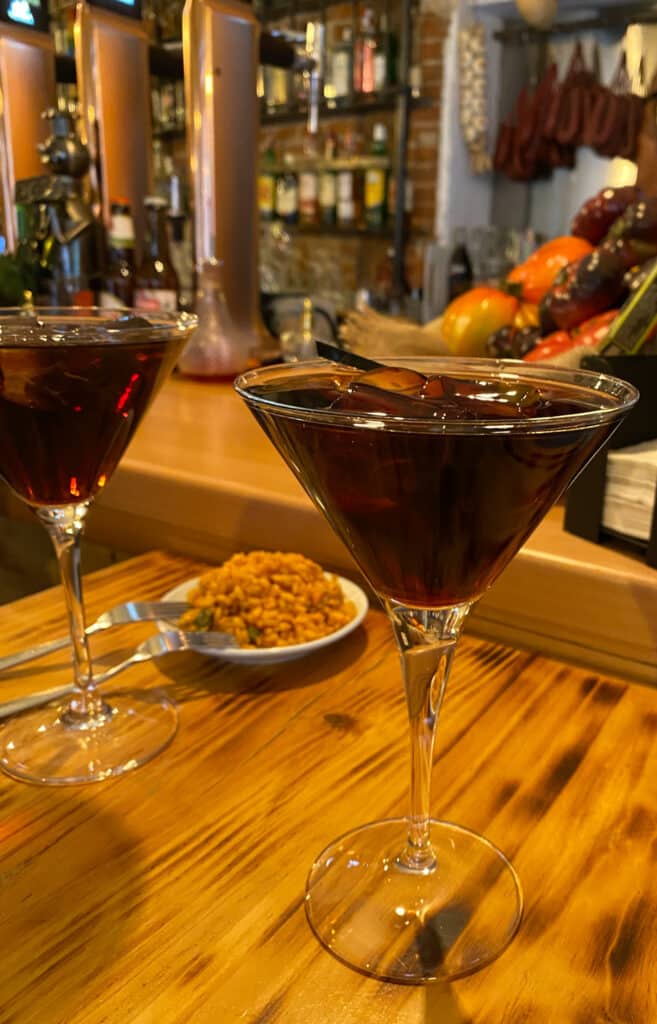
During lunch many restaurants in Spain offer what’s called el menu del dia, or daily menu. This is a two-course meal that comes with your choice of drink, that includes beer or wine, and either a dessert or coffee. This can vary between restaurants. Many options are available at different price points. Some specialize in local dishes, and others on fresh seasonal ingredients. Some daily menus can be split between two people, and other restaurants offer five-course gourmet meals.
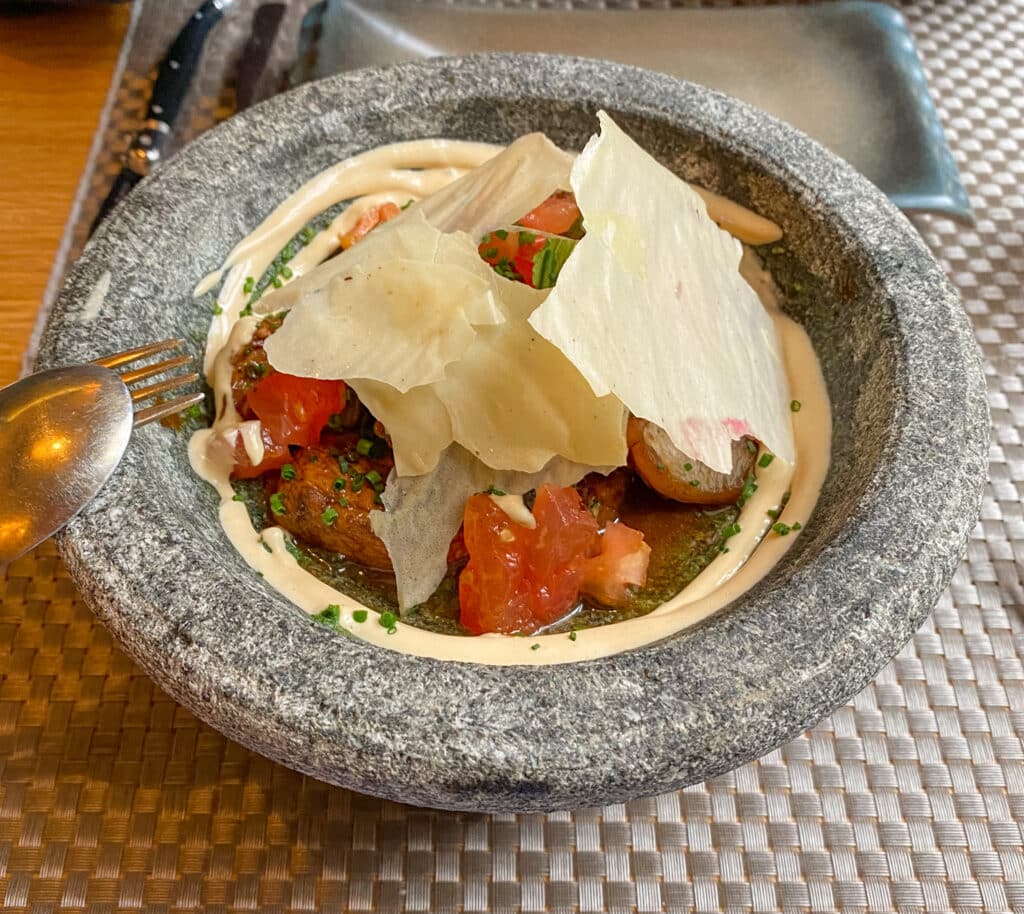
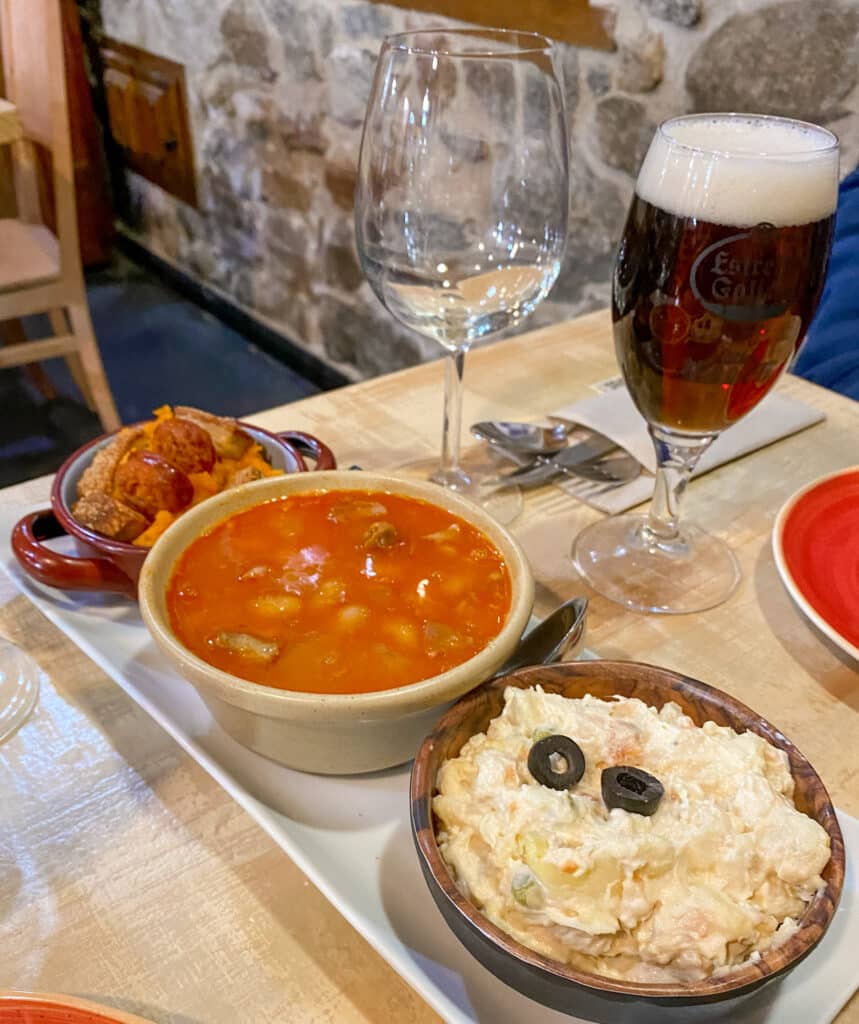
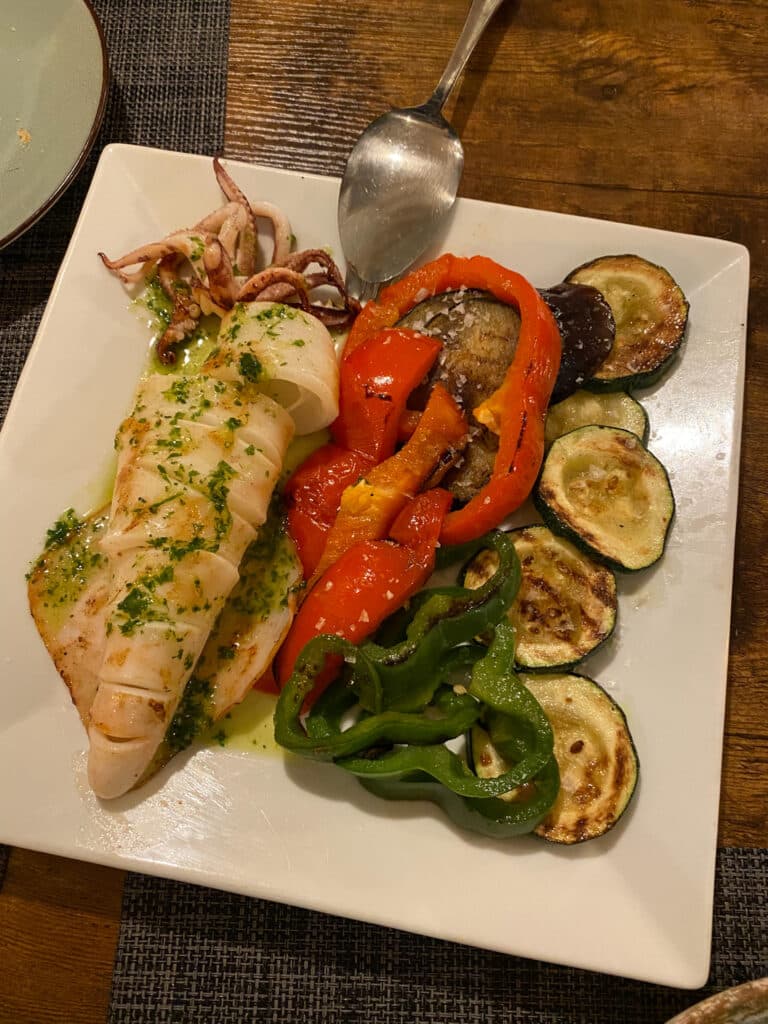
The biggest thing that throws many people off when they come to eat at a restaurant is that mealtimes in Spain can last a long time.
Lunch, and even dinner, can last anywhere from an hour and a half to three hours! Yes, that’s a long time, but when you’re at a restaurant, you’ll notice that your courses are well spaced out. You’ll never get rushed out of a restaurant, and you won’t even get the check unless you ask for it. Spaniards are never in a rush. They like to take their time and enjoy themselves, and when I’m there visiting I do the same.
Mid Afternoon Snack | Merienda – 5 PM till 7 PM
Between 5 PM and 7 PM is the mid afternoon snack, or the merienda. This mostly applies to kids who get out from school and need a snack to hold them over till dinner, but it can also apply to anyone, especially if you’ve had a full day of sightseeing and need a break and a snack. After lunch, many restaurants and bars close their doors and won’t open up again till dinner, which starts around 8:30 PM. This leaves you with different options. You can find cafes and pastry shops for a coffee and a pastry, or some churros and chocolate. You can also get a ham sandwich called a bocadillo in some cafes. Whatever you find, I recommend you grab a snack because it’s going to be a while before you have dinner.
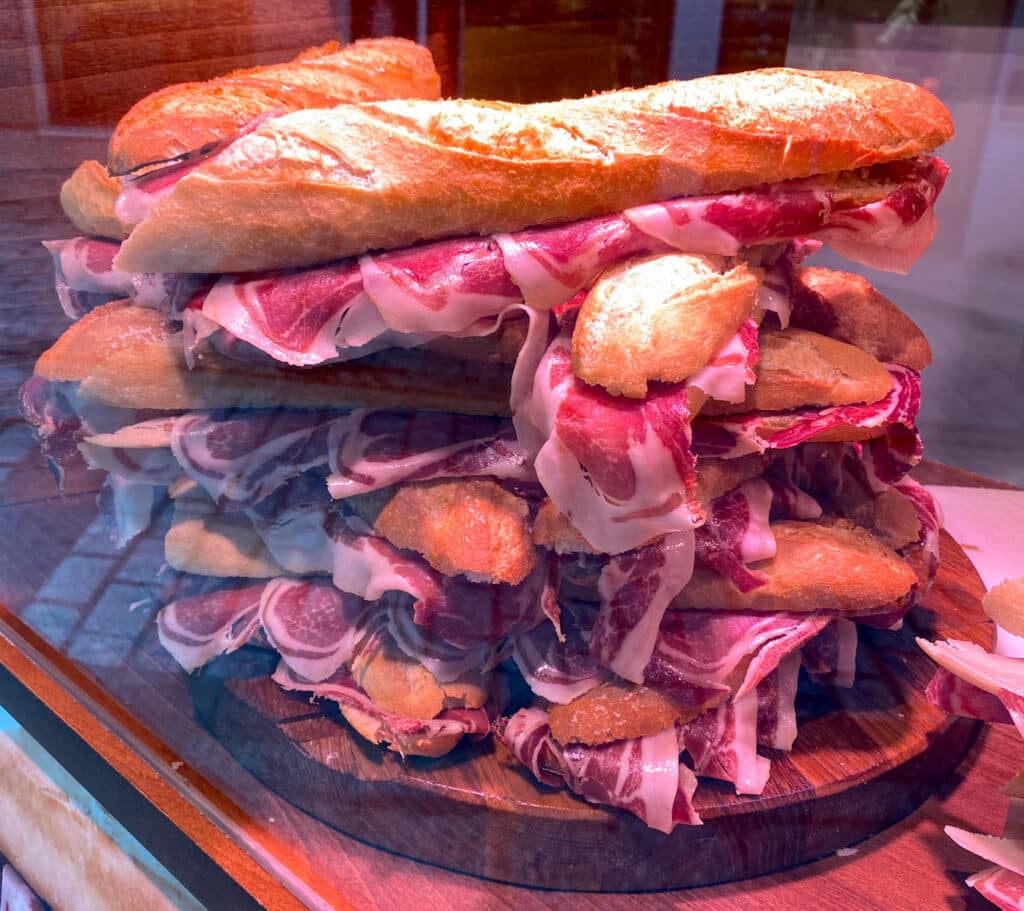
Dinner | La Cena – 8:30 PM till 11:30 PM
Much like the other mealtimes in Spain, dinner can throw a lot of people off. Dinner in Spain starts very late in the evening. Many bars and restaurants start opening their doors around 8:30 PM. Traditionally dinner is a lighter affair. Many people go out bar-hopping for tapas–in Spain this is known as ir a tapiar. When bar-hopping for tapas you grab a drink, eat a tapa or two, and then move on. Bars are usually packed with people eating, drinking, and having a great time. What makes this even better is that most cities in Spain are very walkable and pedestrian friendly. Some cities even close down the streets so people can walk with ease without being disturbed by traffic. All this makes bar-hopping and eating tapas in Spain an enjoyable experience. If you want something more substantial after a long day of sightseeing, there are many different kinds of restaurants where you can sit and enjoy an amazing meal.
Final Thoughts On Mealtimes In Spain
Before you head out on your trip, research the local dishes of each city or town you’re visiting. You can easily find information online regarding the best bars and restaurants to try out. Make a list so that if one place is packed or not accepting reservations, you can easily go try another. If the thought of visiting a bar and ordering tapas seems intimidating, there are food tours like Devour Tours will help you navigate the bar scene and eat like a local.
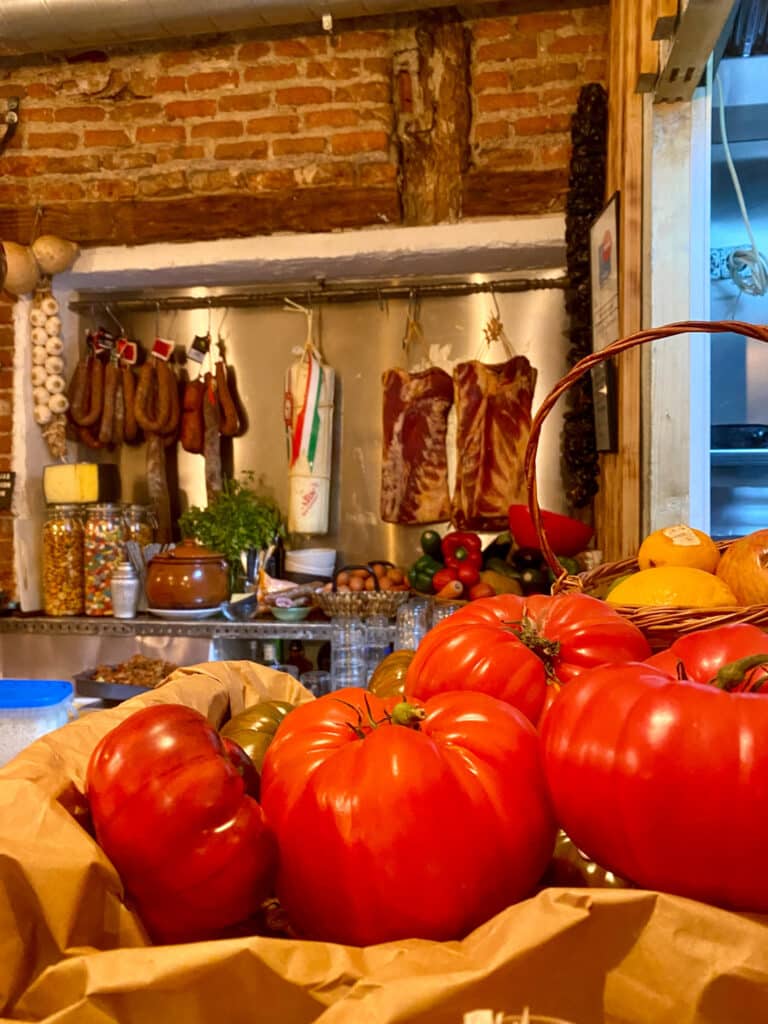
Knowing when the mealtimes in Spain are is essential when planning your day. Between sightseeing, traveling between towns, or spending a day at the museum, knowing when you’re going to eat is as important as where you’re going to eat. It will definitely make your trip more enjoyable.
I hope that you feel better prepared for your trip to Spain and have learned about the complexities of mealtimes in Spain. For me, mealtime is one of the best parts of the Mediterranean lifestyle. Want to read a bit about the Italian lifestyle? Read La Dolce Far Niente or Why You Should Be Living a Dolce Vita Lifestyle.
Ivan Gallegos is a guest blogger for Spritz Sunday. Ivan is an illustrator and designer who makes images that are fun and whimsical. In his free time, Ivan enjoys photography, yoga, food, and travel. You can check out his work by visiting his website.

